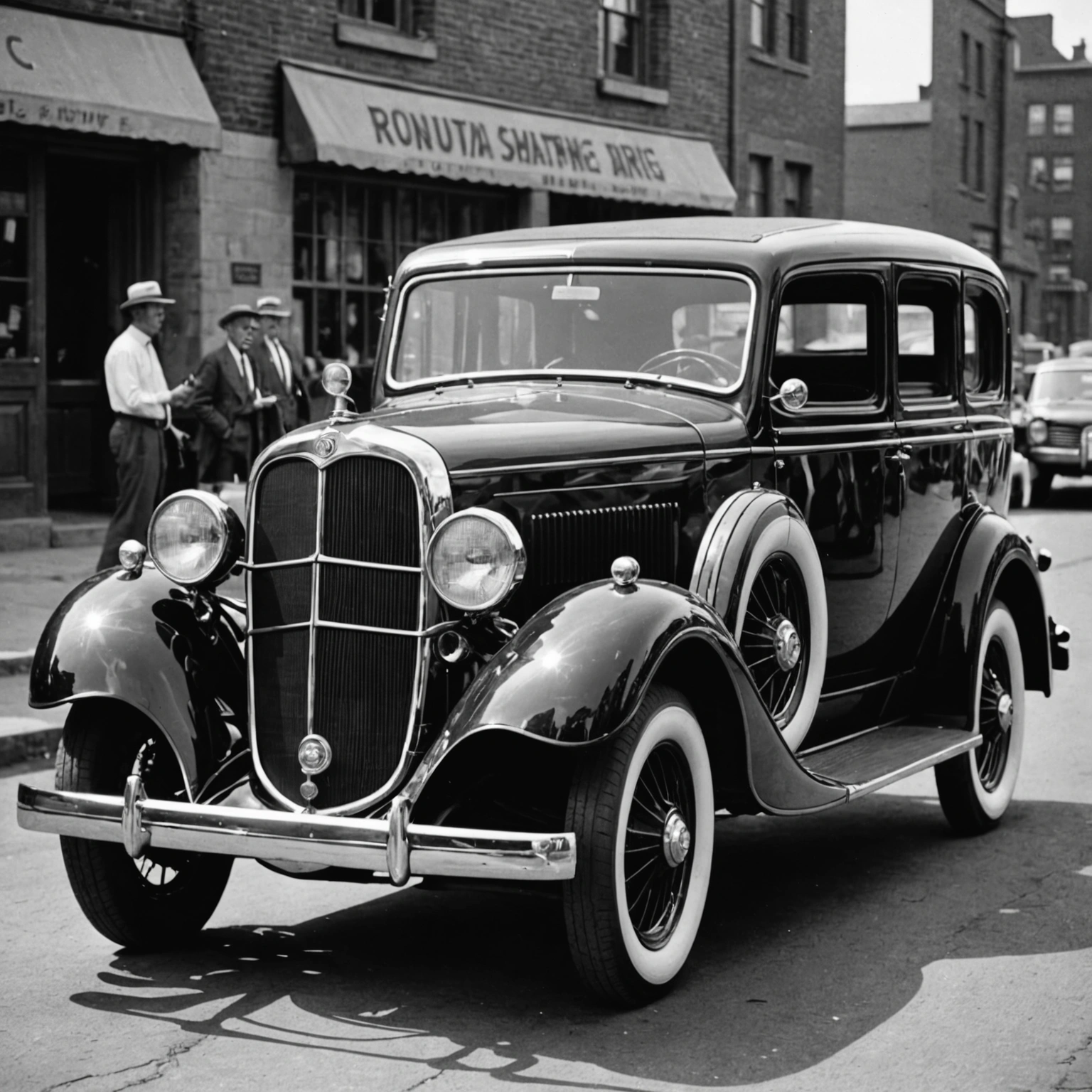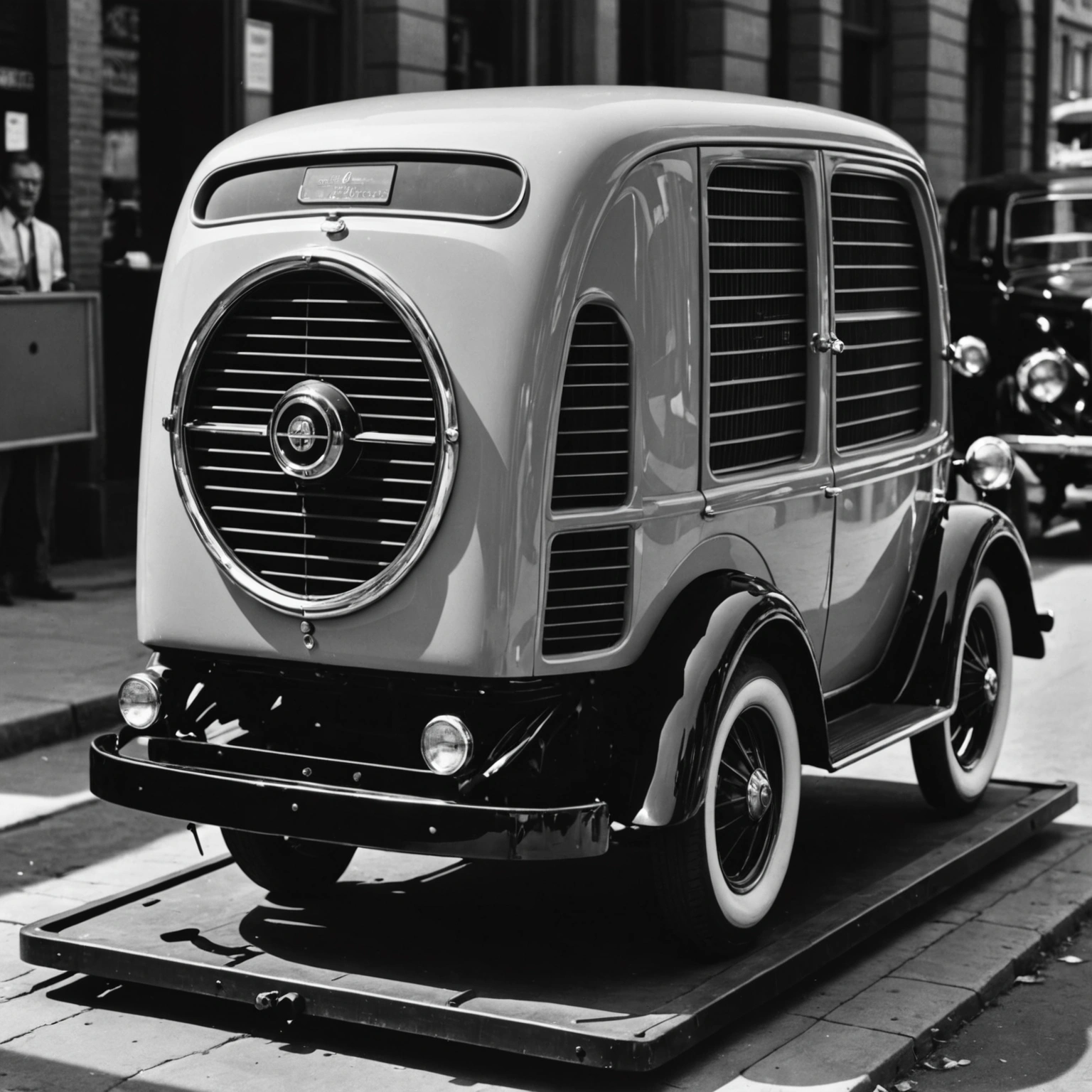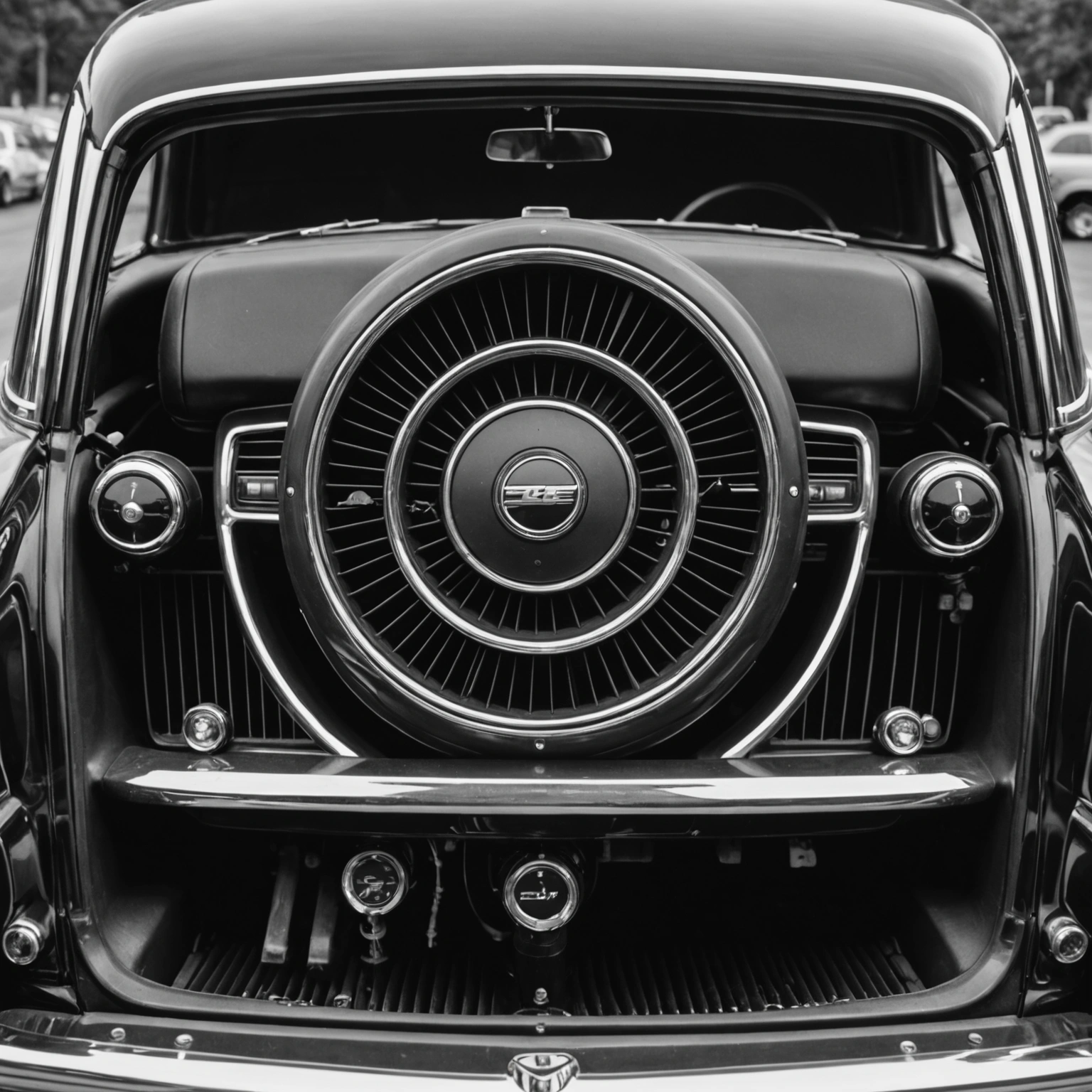**Who Invented the Automobile Air Conditioning? A Breakthrough in Comfort and Innovation**
When it comes to modern driving comfort, few innovations have transformed the automotive experience quite like air conditioning. The ability to enjoy a cool, climate-controlled cabin has become a standard feature in most vehicles today. But have you ever wondered who was behind this revolutionary development? Let’s explore the history and the key figures involved in inventing automobile air conditioning.

### The Origins of Air Conditioning Technology
The roots of air conditioning trace back to the early 20th century, with innovations in refrigeration and climate control initially aimed at industrial and commercial applications. Willis Haviland Carrier, often regarded as the father of modern air conditioning, developed the first large-scale air conditioning system in 1902. His invention was primarily designed to control humidity and temperature in a printing plant in Brooklyn, New York.

### The Transition to Automotive Air Conditioning
It wasn’t until the 1930s that the concept of applying air conditioning technology to automobiles emerged. Early attempts to bring cooling comfort to cars faced challenges due to the size, weight, and complexity of the systems.

### The Pioneers in Automotive Air Conditioning
– **Frigidaire and Automotive Air Conditioning (1930s):** The first factory-installed automotive air conditioning systems appeared in luxury cars in the mid-1930s. The 1939 Packard was among the first cars to offer a factory-installed air conditioning system, marking a significant milestone. These early systems were bulky, expensive, and primarily available in high-end vehicles.

– **Carrier’s Contribution:** While Willis Carrier was instrumental in developing air conditioning technology, his direct involvement in automotive applications was limited. However, his foundational work laid the groundwork for subsequent innovations.
– **The 1940s and Post-War Innovations:** After World War II, advancements by automotive manufacturers and engineers made air conditioning more practical and affordable. Companies like Frigidaire and Delco (a General Motors division) developed more compact and efficient systems suitable for mass production.
### Who Invented the First Automotive Air Conditioner?
**While no single person can be credited exclusively with inventing automobile air conditioning, key figures and companies contributed to its development:**
– **Harlan “Hap” Haines:** An engineer at the Willys-Overland company, Haines is often credited with developing the first portable car air conditioning system in the early 1930s, which was later adapted for factory installation.
– **Packard and Cadillac:** In 1939, these manufacturers introduced the first factory-installed automotive air conditioning systems, designed by engineers working within these companies.
– **Innovators like Robert McKinnon and engineers at Frigidaire:** Played vital roles in refining and commercializing automotive air conditioning systems during the 1940s.
### Conclusion
The invention of automobile air conditioning was a collaborative effort involving multiple inventors, engineers, and companies over several decades. While Willis Carrier’s pioneering work in general refrigeration and air conditioning laid the foundation, it was automotive engineers and manufacturers like Packard, Cadillac, and Willys-Overland who adapted and popularized the technology for vehicles.
Today, automotive climate control systems continue to evolve, offering enhanced efficiency, environmental friendliness, and comfort. The journey from early experimental systems to the sophisticated climate control in your vehicle highlights the innovative spirit that has transformed driving comfort over the past century.

